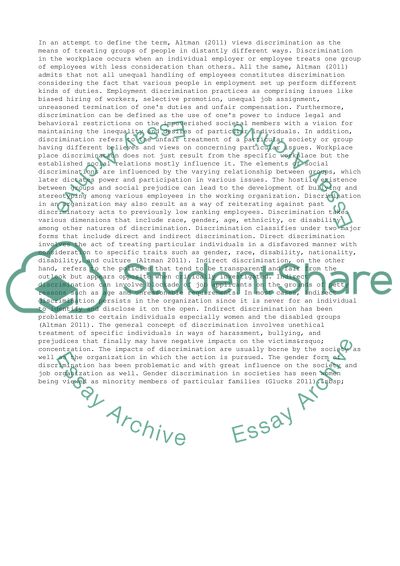Cite this document
(“Discrimination and the Role of Business Research Paper”, n.d.)
Discrimination and the Role of Business Research Paper. Retrieved from https://studentshare.org/business/1436372-business-society-and-policy-research-report
Discrimination and the Role of Business Research Paper. Retrieved from https://studentshare.org/business/1436372-business-society-and-policy-research-report
(Discrimination and the Role of Business Research Paper)
Discrimination and the Role of Business Research Paper. https://studentshare.org/business/1436372-business-society-and-policy-research-report.
Discrimination and the Role of Business Research Paper. https://studentshare.org/business/1436372-business-society-and-policy-research-report.
“Discrimination and the Role of Business Research Paper”, n.d. https://studentshare.org/business/1436372-business-society-and-policy-research-report.


